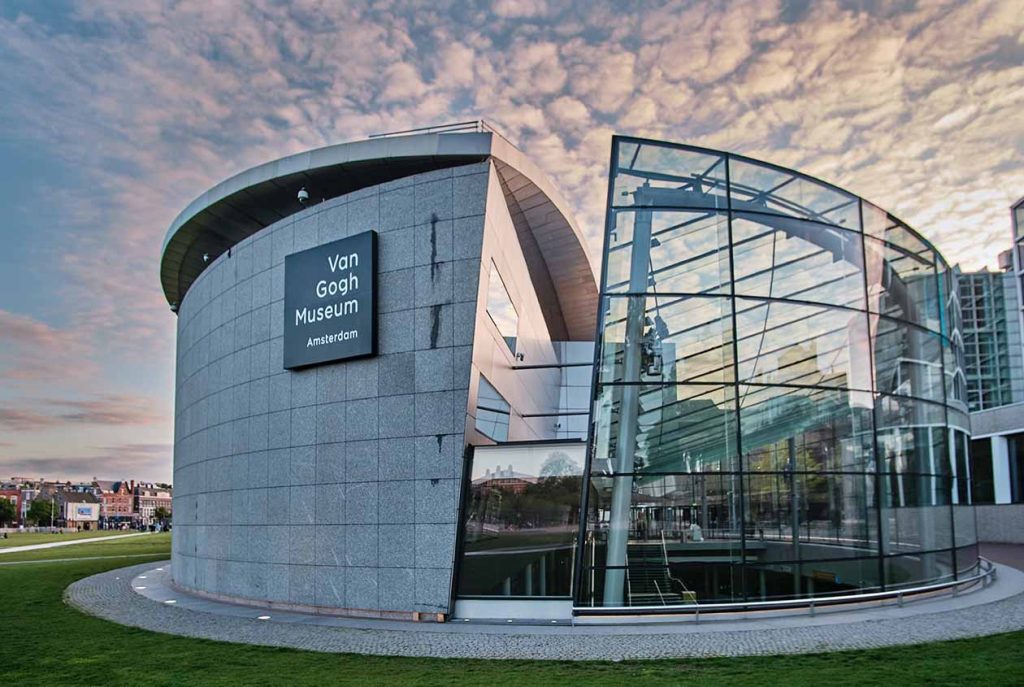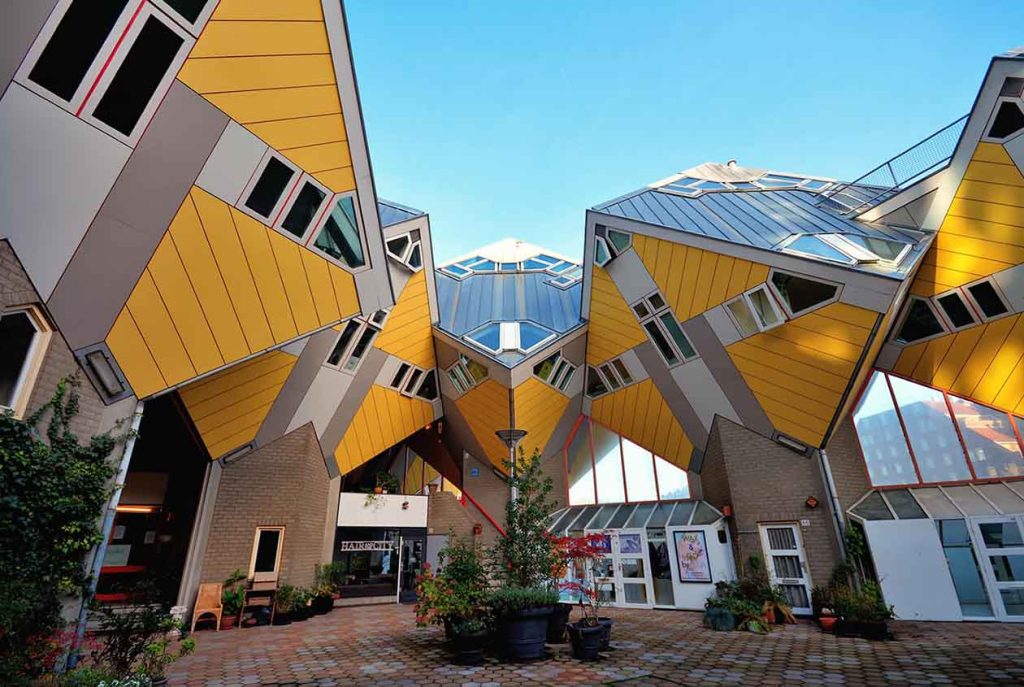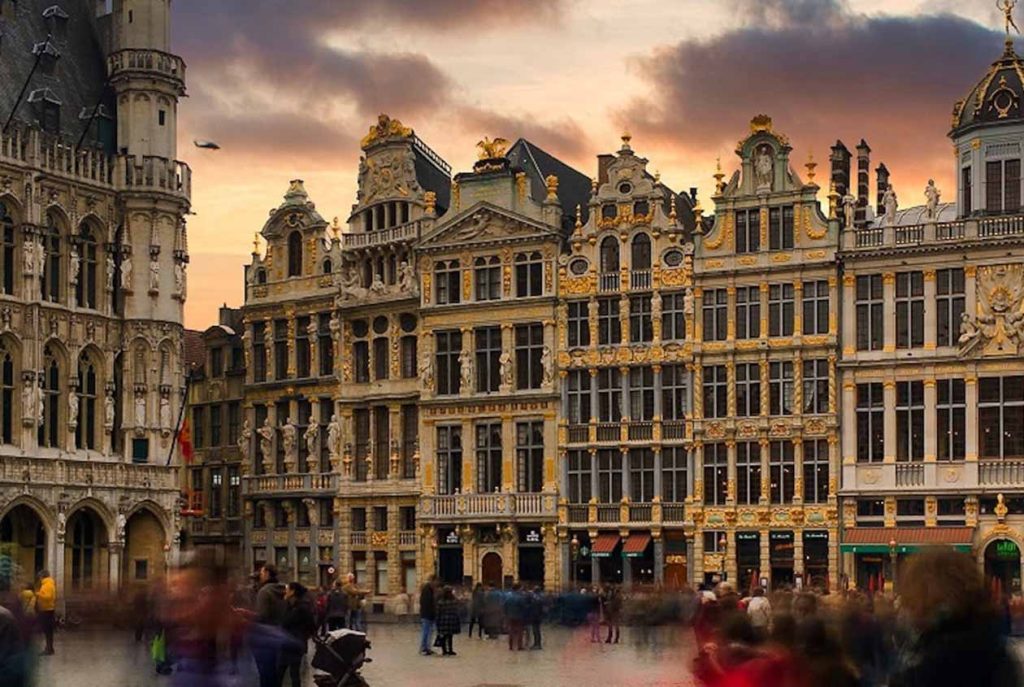Marseille, France’s second-largest city, is a vibrant blend of ancient history, seaside charm, and a buzzing cultural scene. I recently had the pleasure of exploring some of Marseille’s most iconic landmarks, each with its own unique story and atmosphere.
1. Notre-Dame de la Garde
Location: Rue Fort du Sanctuaire
How to Get There: From the Vieux Port, you can take bus number 60 or opt for a more scenic route by walking up the hill.
Entrance Fee: Free to enter the basilica, but donations are welcome.
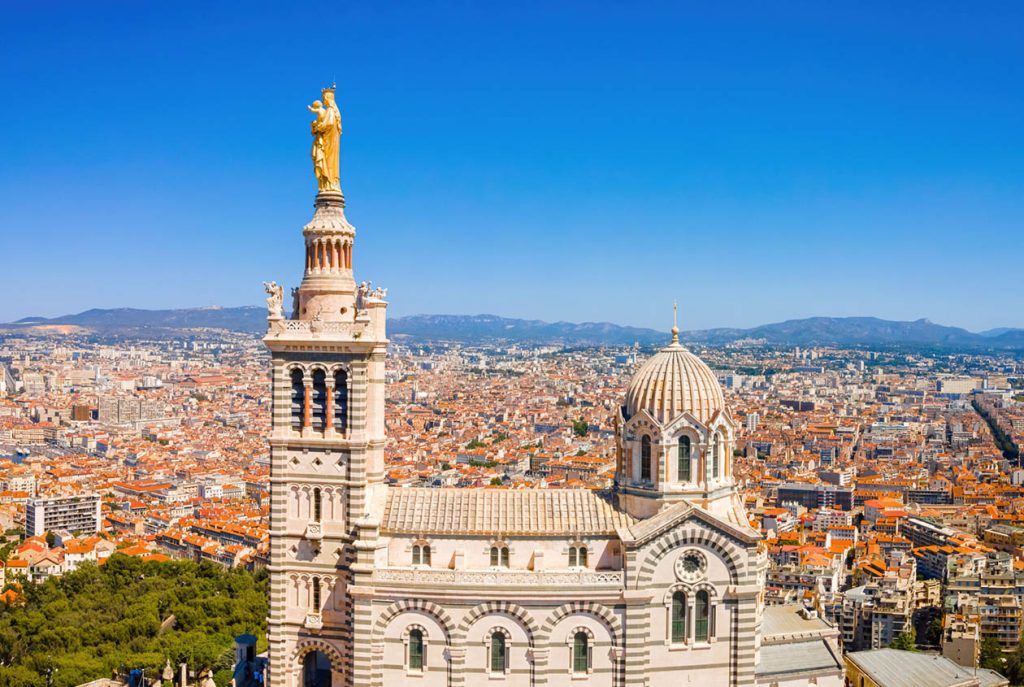
Notre-Dame de la Garde, affectionately known as “La Bonne Mère” (the Good Mother), is visible from nearly every corner of Marseille. This stunning basilica, perched high on a hill, overlooks the city and provides breathtaking views of the Mediterranean coastline. The journey up is an adventure on its own, as the steep hill climb offers increasingly impressive views the higher you go.
Upon arrival, I marveled at the basilica’s striking Romano-Byzantine architecture, complete with intricate mosaics and marble columns. The interior is equally impressive, with ornate decorations and a warm, welcoming atmosphere. Outside, there are panoramic views of the city, the harbor, and the distant islands. Standing here, it’s easy to see why locals feel such a strong connection to this sacred place.
Travel Tip: The sun is intense here, so don’t forget a hat and sunscreen! And if you’re a photography enthusiast, visiting during sunrise or sunset offers amazing light for photos.
2. Le Panier
Location: North of Vieux Port
How to Get There: Le Panier is accessible by foot from the Vieux Port.
Entrance Fee: Free
Le Panier, Marseille’s oldest district, is a charming neighborhood filled with narrow streets, vibrant murals, and colorful buildings. I spent hours wandering through the cobblestone alleys, discovering artisan shops, quaint cafés, and historical sites. There’s an undeniable artistic vibe here, as many artists have taken to painting murals that reflect Marseille’s multicultural heritage.
Some highlights include the Vieille Charité, a beautiful 17th-century building that now serves as a museum, and the Église Saint-Laurent, an ancient church with sweeping views over the port. As I strolled, I stopped by a café for a pastry and an espresso, soaking in the lively atmosphere around me. Le Panier truly feels like a step back in time, offering a glimpse into the city’s past while celebrating its present.
Travel Tip: Get lost here! Le Panier is best explored without a map. Simply wander and see where the streets take you, and don’t miss the photo-worthy spots around every corner.
3. Vieux Port (Old Port)
Location: Central Marseille
How to Get There: Accessible by metro, bus, or a leisurely walk from most parts of the city.
Entrance Fee: Free
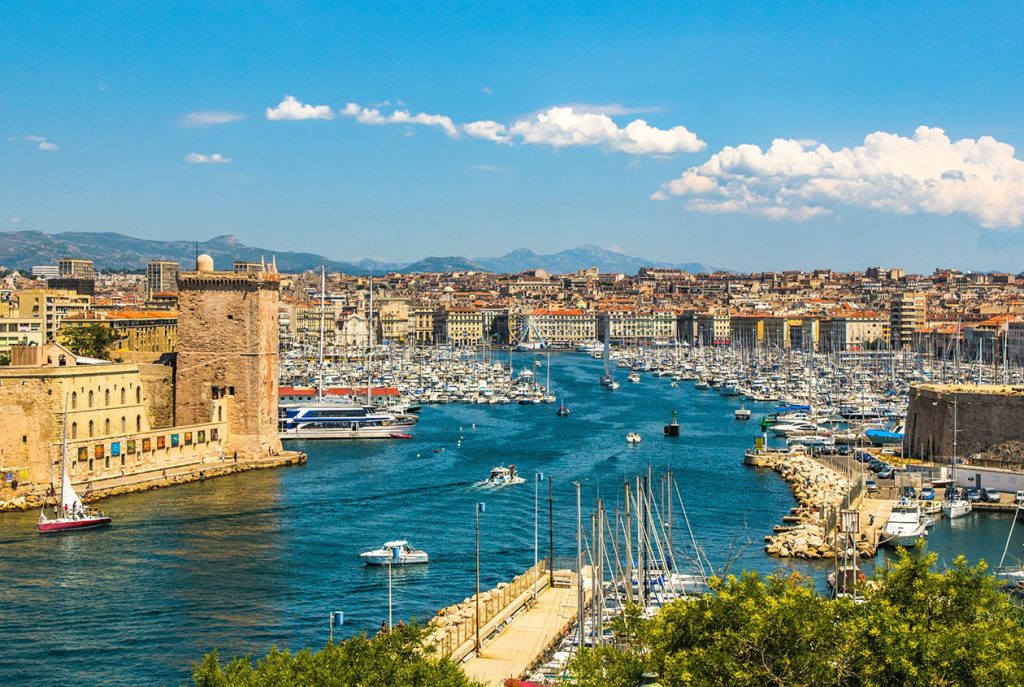
The Vieux Port, or Old Port, is the heart of Marseille. This bustling waterfront area has been a focal point of the city since ancient times, serving as a hub of activity and commerce. Today, it’s lined with restaurants, shops, and market stalls, and the sight of boats gently bobbing in the harbor creates a picturesque scene.
In the morning, I watched the fishermen at the daily fish market, offering a glimpse of Marseille’s deep connection to the sea. Later, I enjoyed a leisurely lunch at a waterfront café, indulging in fresh seafood while watching the world go by. The Vieux Port also has various boat tours to the nearby Calanques, which I highly recommend if you have the time.
Travel Tip: Arrive early to see the fish market in action, and consider taking a sunset cruise for stunning views of the city and sea.
4. Fort Saint-Jean
Location: Near the entrance of the Old Port
How to Get There: A short walk from the Vieux Port
Entrance Fee: Free
Connected to the Vieux Port by a modern bridge, Fort Saint-Jean is a historical fortress that has protected Marseille for centuries. Walking through its ancient stone corridors, I felt transported back in time, imagining the countless stories these walls could tell. The fort also provides fantastic views over the port and the sea, making it a popular spot for both locals and tourists alike.
Adjacent to the fort is the Museum of European and Mediterranean Civilisations (Mucem), a strikingly modern building with an eye-catching latticework façade. The contrast between the old stone of the fort and the contemporary design of the museum is truly unique, blending Marseille’s history with its forward-thinking attitude.
Travel Tip: Fort Saint-Jean is particularly beautiful at sunset when the light hits the stone walls and creates a golden glow. The entry is free, so take your time exploring every corner!
5. Calanques National Park
Location: Extending from Marseille to Cassis
How to Get There: Accessible by car, bus, or boat tour from the Vieux Port
Entrance Fee: Free, but some areas may require boat tours with fees
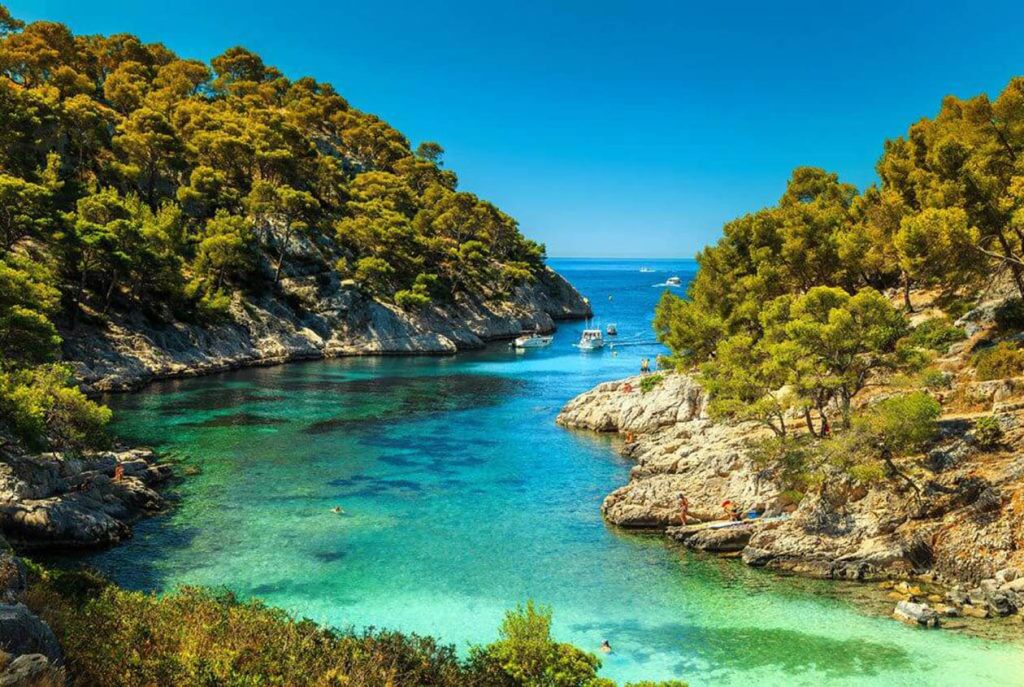
If you’re a nature lover, the Calanques National Park is a must-visit. This stunning coastal area features dramatic limestone cliffs, secluded coves, and turquoise waters that are perfect for swimming, hiking, and kayaking. I joined a boat tour from the Vieux Port, which allowed me to see the beautiful landscapes from the sea, and later spent a day hiking along the trails for breathtaking views of the coastline.
The park is expansive, so it’s worth planning your visit to make the most of your time. The most popular calanques are En-Vau, Sormiou, and Morgiou, each offering unique views and experiences. Swimming in the cool, clear waters after a hike was one of the highlights of my trip to Marseille.
Travel Tip: Bring sturdy shoes, sunscreen, and plenty of water for hiking, as the trails can be challenging but are well worth the effort. And if you’re short on time, a boat tour offers a wonderful overview.
6. Palais Longchamp
Location: Boulevard Jardin Zoologique
How to Get There: Accessible by metro (Line 1, stop at Cinq Avenues – Longchamp)
Entrance Fee: Free
A true architectural gem, the Palais Longchamp is a beautiful 19th-century monument featuring a grand fountain, an opulent museum, and serene gardens. Built to celebrate the construction of the canal that brought water to Marseille, the palace is home to the Natural History Museum and the Museum of Fine Arts, both of which are worth a visit. The palace’s gardens are an ideal spot for a peaceful afternoon stroll, away from the city’s hustle and bustle.
When I visited, I was captivated by the fountain’s elaborate sculptures and enjoyed exploring the art and artifacts within the museums. The tranquility of the gardens made it the perfect place to unwind and reflect on my time in Marseille.
Travel Tip: The gardens are lovely for a picnic, so pack some snacks and relax under the shade of the trees.
Marseille has so much to offer, from historical landmarks to natural wonders. Each spot offers a unique glimpse into the city’s soul, making it easy to see why this Mediterranean gem captures the hearts of so many. Whether you’re exploring its historic districts or taking in the stunning coastal views, Marseille’s landmarks will leave you with memories that last a lifetime.
